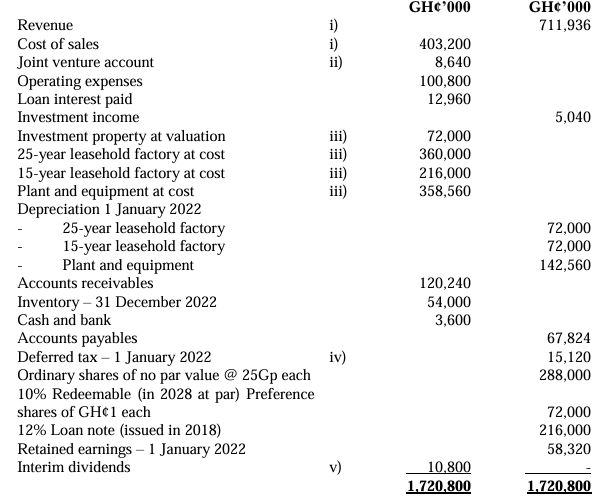- 15 Marks
CR – May 2018 – L3 – SC – Q6 – Foreign Currency Transactions and Translation (IAS 21)
Discuss treatment of foreign currency transactions and accounting for investments in subsidiaries.
Question
Omotola Nigeria Plc is a conglomerate which operates in different sectors of the economy. The company has many subsidiaries and associates across the six continents of the world, and its head office is located in Lagos, Nigeria. The shares of the company are listed on the Nigerian Stock Exchange.
The company is trying to finalize its financial statements for the year ended April 30, 2018, and the following accounting issues are being considered by the chief accountant based on the submission by the assistant accountant who is yet to complete her professional examinations with the Institute of Chartered Accountants of Nigeria. The functional and presentation currency of Omotola Nigeria Plc. is Naira. The following transactions relate to the company:
(i) On May 1, 2017, Omotola Nigeria Plc. bought an investment property in the United States for $1,000,000. The company uses the fair value model of IAS 40 to account for the investment property, and the fair value at April 30, 2018, is determined to be $1,200,000. The assistant accountant is unsure which exchange rate to use in translating the investment property at the year end and how to recognize any exchange difference that may arise.
(ii) On May 1, 2017, Omotola Nigeria Plc. acquired a wholly owned subsidiary in the United States of America. The goodwill that arose on the acquisition of this subsidiary is $400,000. In addition, the company invested in an equity instrument on the same date, which is measured at fair value through other comprehensive income (OCI) in accordance with the requirements of IFRS 9.
Required:
a. In accordance with the requirement of IAS 21 – Effect of Changes in Foreign Exchange Rates, discuss the treatment of foreign currency transactions and the gain or loss arising therefrom.
(7 Marks)
b. Discuss how the transaction in (i) will be accounted for in the financial statements of Omotola Nigeria Plc. for the year ended April 30, 2018, in accordance with IAS 21.
(4 Marks)
c. Discuss how the transaction in (ii) will be accounted for in the financial statements of Omotola Nigeria Plc. for the year ended April 30, 2018, in accordance with IAS 21.
(4 Marks)
Find Related Questions by Tags, levels, etc.
- Tags: Exchange Rates, Foreign Currency, Goodwill, IAS 21, Investment Property
- Level: Level 3
- Topic: Foreign Currency Transactions and Translation (IAS 21)
- Series: MAY 2018


